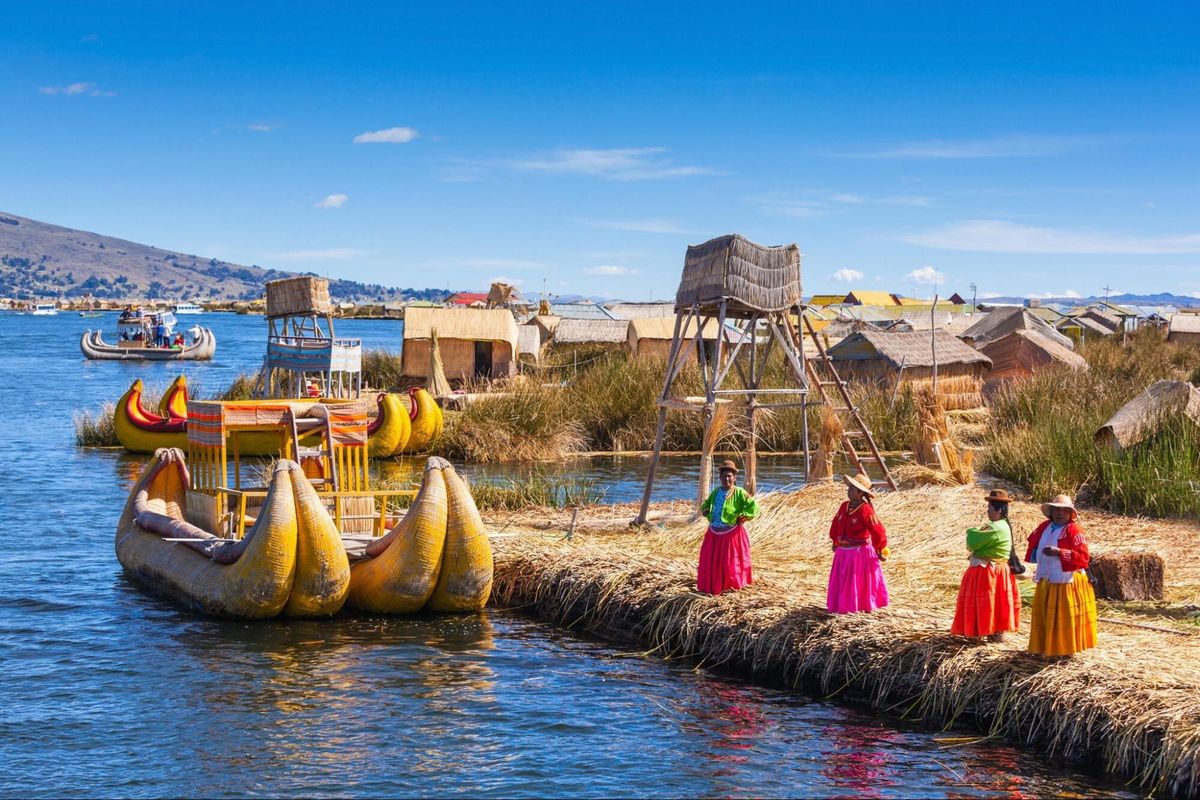How Tourism Impacts Culture

Traveling to new places can be exciting, but have you ever thought about how tourism impacts culture? When people visit different parts of the world, they bring their own customs and ideas, which can change the local way of life. Sometimes, this means local traditions get mixed with new ones, creating something unique. Other times, it might lead to traditional practices fading away. Tourism can also boost local economies by creating jobs and supporting businesses. However, too many visitors can strain resources and affect daily life for residents. Understanding these effects helps us appreciate the balance between sharing cultures and preserving them.
Understanding the Impact of Tourism on Culture
Tourism brings people from different backgrounds together, creating a melting pot of traditions and customs. This interaction can lead to both positive and negative effects on local cultures. Let's explore some places where tourism has significantly impacted culture.
1. Bali, Indonesia
Bali is famous for its stunning beaches and vibrant culture. Tourists flock here to experience traditional Balinese dance, art, and ceremonies. While tourism has boosted the economy, it has also led to commercialization, sometimes overshadowing authentic cultural practices.
2. Kyoto, Japan
Kyoto, with its ancient temples and tea ceremonies, offers a glimpse into Japan's rich history. The influx of tourists has helped preserve these traditions by providing funding for maintenance. However, it has also led to overcrowding, which can detract from the serene experience these sites are meant to offer.
3. Barcelona, Spain
Barcelona's unique architecture and lively festivals attract millions each year. Tourism has revitalized the city, but it has also caused a rise in living costs for locals. The balance between preserving cultural heritage and accommodating tourists is a constant challenge.
4. Marrakech, Morocco
Marrakech's bustling souks and historic palaces draw visitors eager to experience Moroccan culture. Tourism has helped preserve traditional crafts and boosted the local economy. Yet, the influx of visitors can sometimes lead to the dilution of cultural authenticity.
5. Venice, Italy
Venice, with its canals and historic charm, is a top destination for travelers. Tourism has provided funds for restoration projects, preserving the city's unique architecture. However, the sheer number of visitors has put a strain on the infrastructure and local way of life.
6. Cusco, Peru
Cusco serves as the gateway to Machu Picchu and is steeped in Incan history. Tourism has brought economic benefits and helped preserve archaeological sites. Yet, it has also led to the commercialization of local traditions, sometimes at the expense of authenticity.
7. Chiang Mai, Thailand
Chiang Mai is known for its temples and festivals, drawing tourists interested in Thai culture. The tourism boom has supported local artisans and businesses. However, it has also led to cultural changes, with some traditions being adapted to suit tourist expectations.
8. Prague, Czech Republic
Prague's fairy-tale architecture and rich history make it a popular tourist spot. The influx of visitors has helped fund the preservation of historic sites. On the flip side, it has also led to overcrowding and a shift in local culture to cater to tourists.
9. Cape Town, South Africa
Cape Town offers a mix of natural beauty and cultural diversity. Tourism has provided economic opportunities and helped promote cultural heritage. However, it has also led to gentrification, impacting local communities and traditional ways of life.
10. Havana, Cuba
Havana's vibrant music and colorful streets attract tourists seeking an authentic Cuban experience. Tourism has revitalized the city and preserved its cultural landmarks. Yet, the growing number of visitors can sometimes lead to cultural commodification.
Embracing Cultural Exchange
Tourism shapes cultures worldwide, bringing both challenges and opportunities. It introduces new perspectives, fostering understanding and appreciation among diverse communities. However, it can also lead to cultural erosion if not managed carefully. Balancing economic benefits with cultural preservation is crucial. Local communities should be empowered to share their traditions authentically, ensuring their voices are heard in tourism development. Travelers play a role too, by respecting local customs and supporting sustainable practices. This mutual respect enriches experiences for both visitors and hosts. As tourism continues to grow, embracing cultural exchange becomes more important. It encourages a world where differences are celebrated, not diminished. By promoting responsible tourism, we can ensure that cultural heritage thrives, benefiting future generations. Let's travel mindfully, appreciating the unique cultures that make our world vibrant and diverse.

